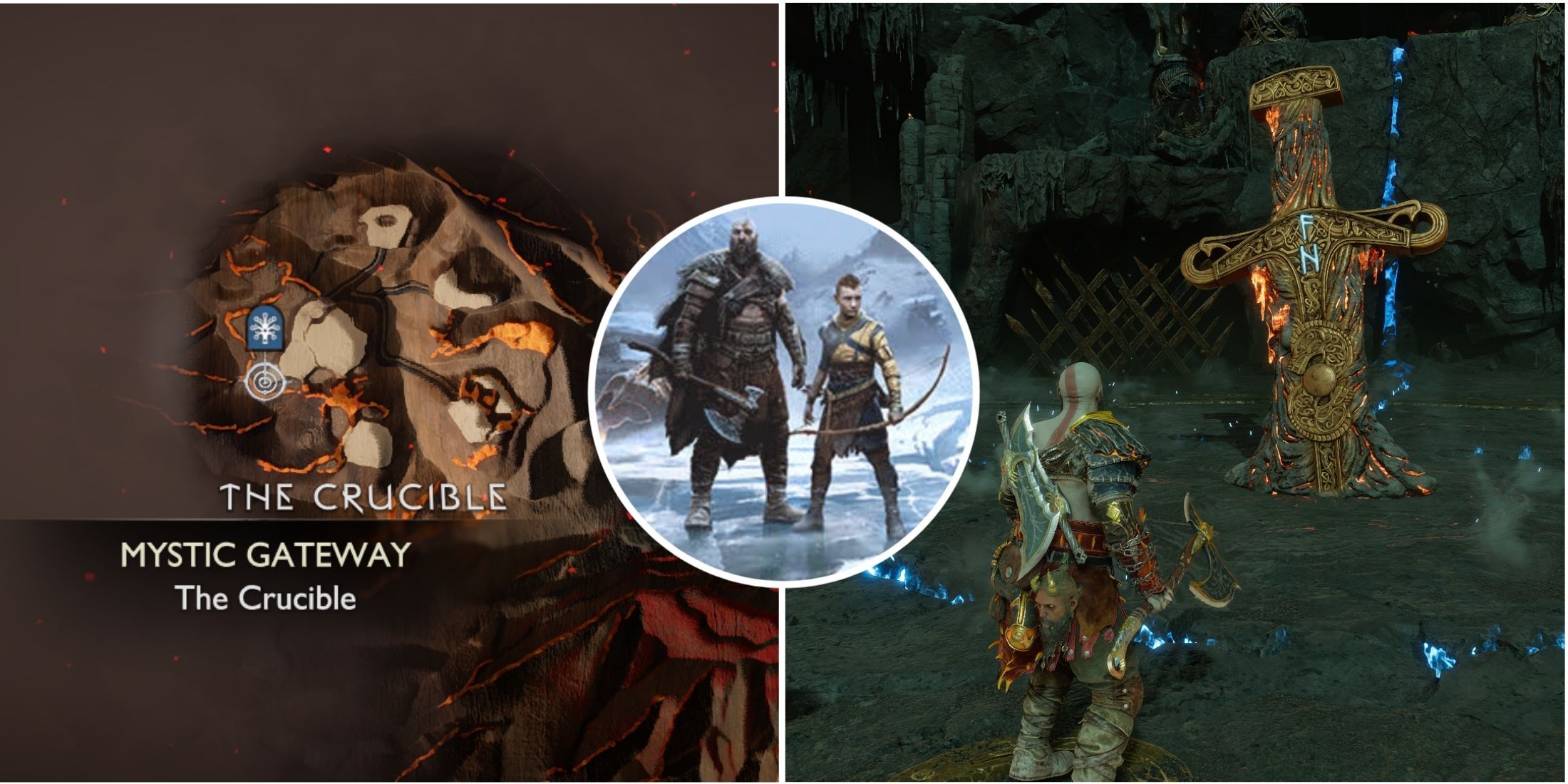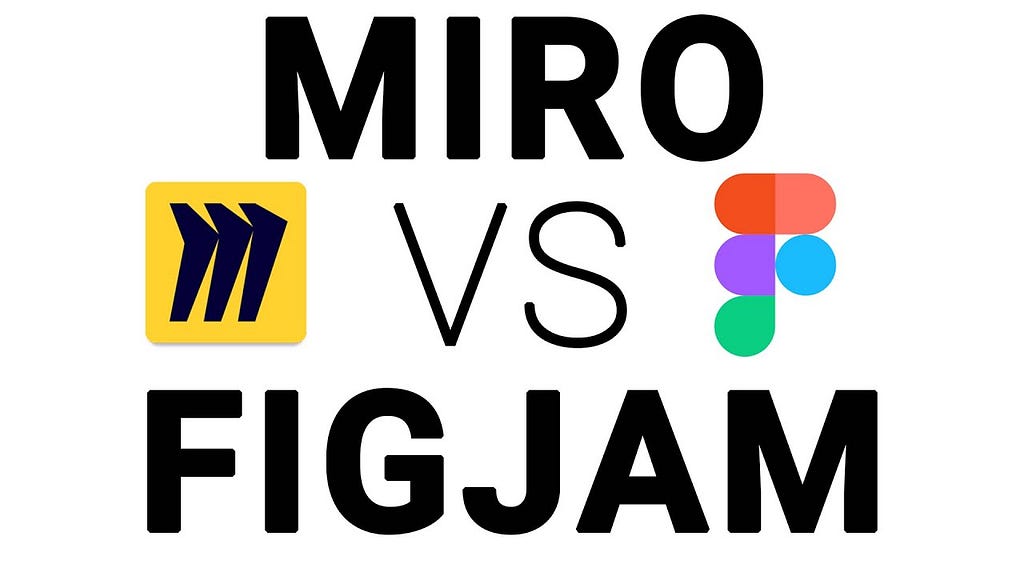UXDESIGN.CC
Miro vs. FigJam: how their AI assistants stack up
Putting AI towork.Miro Vs Figjam credit: BrutallyhonestOver the past year, the battle between Miro and FigJam has gotten a new layer of intrigue: AI. Both platforms have introduced AI assistants designed to make workshopping faster, easier, and more creative.But as someone who spends half their week running workshops and brainstorming sessions, I had one burning question: are these AI features actually useful, or are they just shiny distractions?So, I did what any good product manager would doI spent way too much time testing them. Heres the breakdown of what Ilearned.The setup: what these AI assistants claim todoMiro AI: Miros assistant promises to help with summarizing sticky notes, generating ideas, and even automatically organizing content. Its like the digital equivalent of that one colleague who loves turning chaos intoorder.FigJam AI: FigJam leans into being your brainstorming buddy. Think ideation prompts, group clustering suggestions, and contextual tips to help you keep momentum during yoursession.On paper, they sound like theyll save time and make workshops feel seamless. But how do they work in real scenarios?The Tests: Putting AI toworkI ran three tests with each platform to compare their AI assistants inaction.1. Generating ideas:I used the prompt: Suggest ideas for a new team-building activity.Miro delivered 15 sticky notes with team-building activity suggestions. While the breadth was decent (think art workshop, charity volunteer day, and escape rooms), it felt like a brainstorming session you could get from a quick Googlesearch.Miro gave me 15 sticky notes with what felt like randomideasCurious to test the depth, I gave it a follow-up prompt:Deep dive into the escape room challenge.The response? Miro provided a generic list of things to consider, like theme, venue options, and team size. While somewhat useful, it didnt add much value beyond surface-level suggestions.When nudged to give me more details about a specific one, Miro gave me another 15 sticky notes with themes to explore the escape room challengeFigJams TakeFigJam took a slightly different route. Instead of listing a variety of activities, it structured a potential workshop, including an ice-breaker, collaborative challenges, and a reflection session. While this approach felt more actionable, it leaned heavily on process rather than creative ideation.Figjam game a workshop structure with three sections, an icebreaker, a challenge and a feedbacksectionTo match Miros test, I gave FigJam the same follow-up prompt:Focus on the escape room challenge.FigJam responded with a mind map that broke down the activity into key elements: Theme ideas (e.g., haunted house, pirate adventure) Puzzles (e.g., logic games, physical challenges) Team dynamics (e.g., roles, communication tips) Time constraints (e.g., countdown, pressure) Room elements (e.g., props, lighting)This additional layer of detail made FigJams response feel more tailored and creative, with practical suggestions that extended beyond just the initialidea.Figjam when prompted to give me more details on the escape room challenge broke things down into atreeKey takeaways Miro excels in generating a variety of ideas but struggles to go deeper without additional input. FigJam shines in creating a structured framework and offers more detailed follow-ups, particularly for planning activities like the escape room challenge.In this round, FigJams ability to add meaningful depth and organise the information gave it the edgeespecially for teams that want to move quickly from ideas to execution.2. Organizing content:I tested both Miro and FigJam by dropping 20 sticky notes into each board and asking their AI to organize them into clusters.Miro easily clustered the words intogroupsMiro handled this effortlessly, grouping the words into meaningful categories with ease. The user experience was straightforwardsimple to navigateand the results were spoton.Miro clustered the words in an accuratewayFigJam, on the other hand, struggled. While the UX was equally intuitive (you select items and use a dropdown to cluster), the output was far less reliable. For instance, it categorized my cat as furniture and my breakfast banana as acolor!Figjam AI did not manage to cluster simple words under meaningful categories when Miro did iteasilyAs a bonus, I decided to push Miro further by testing it with a more challenging list of words. Once again, it performed impressively, grouping the words into accurate and meaningful clusters without muchtrouble.Miros output when given a harder list of words was pretty accurate.For comparison, I fed the same list of words to ChatGPT to see how it would cluster them. Here's theresult:Heres a possible grouping for the challenging list:Natural Elements: Quartz, Ash, Seaweed, Lichen, Maple, Dandelion, ThornAnimals: Wolf, Penguin, Salmon, Scorpion, BatTools: Shovel, Wheelbarrow, Pulley, Wrench,GrinderGuidance/Reflection: Compass, Mirror,LanternThese groupings reflect different overarching themes like nature, animals, tools, and abstract or symbolic items. However, some words like Ash or Lantern could fit multiple groups depending on context, making it less straightforward.Overall, Miro clearly outshines FigJam in clustering accuracy and reliability.3. Summarizing key takeaways:Finally, I created a deliberately chaotic mock brainstorming session to simulate the typical messiness of workshop outputsfragmented ideas, incomplete thoughts, and scattered priorities. The session was split into two sections: one for ideation (10 sticky notes) and another for next steps (10 sticky notes). I then asked each AI assistant to summarize the workshop.Miro did a pretty good job at transtorming the chaos of the workshop into a cleardocumentMiro excelled at making sense of the chaos, transforming the output into a clear and structured document. It effectively grouped the ideation section into relevant sub-themes and organized the next steps, making the summary practical and easy touse.FigJam, on the other hand, struggled to separate ideation from next steps, which made the summary harder to follow. While the addition of emojis was a fun touch, the lack of clear differentiation made the output lesshelpful.The output from Figjam was not very helpful as it didnt differentiate ideation from nextstepsOnce again, Miro came out ahead, providing a well-organized and actionable summary that effectively categorized the workshops keypoints.4. Approaches to AI: pragmatic vs.playfulThe contrast between Miro and FigJams AI assistants ultimately reflects their different problem-solving philosophies:Miro: Pragmatic and utilitarian. Miros AI is built for teams that value order and efficiency. Its a dependable assistant for summarizing, organizing, and handling chaotic inputs with precision. Perfect for corporate workshops, project managers, or structured strategy sessions where clarity is non-negotiable.FigJam: Playful and creative. FigJams AI brings a more dynamic, brainstorming-friendly vibe to the table. Its strength lies in generating ideas, structuring frameworks, and offering fun, collaborative momentsideal for design teams, startups, or anyone looking to inject personality into their workshops.5. The verdict: which one should youUse?It all comes down to the type of workshops you run and the outcomes youneed.Choose Miro AI ifYou need structured outputs and actionable insights. Its your go-to for managing messy ideas, summarizing key takeaways, and delivering clarity in a fast-paced environment.Choose FigJam AI ifYou prioritize creativity and enjoy a more interactive experience. FigJams AI thrives in ideation sessions and adds a touch of playfulness to your workflow, even if it occasionally stumbles with structure.Final thoughts: AI in whiteboardsgame-changer or justhype?Both Miro and FigJam are integrating AI in ways that speed up mundane tasks and enhance collaboration, but theyre far from perfect. A notable limitation I found is the inability to refine outputs or give specific feedback to the AI assistant. Without the flexibility to go back and forth, their potential is sometimes undercut by rigidity.Still, these tools push the boundaries of how we collaborate, and its exciting to imagine how theyll evolve to better anticipate userneeds.For now, I find myself using bothMiro when I need precision and FigJam when I want creativity. What about you? Have you tried their AI assistants yet? Which one do you think works best for yourteam?.Here are some topics/websites I recommend goingthroughIf you want to go further, I cant recommend enoughreading:How UX can be a key differentiator forAIDesign as Thought: AI and the Future ofDesignAny more? Whatve I missed. Let me know in thecommentsFollow on LinkedIn & Medium for more deep divesMiro vs. FigJam: how their AI assistants stack up was originally published in UX Collective on Medium, where people are continuing the conversation by highlighting and responding to this story.










